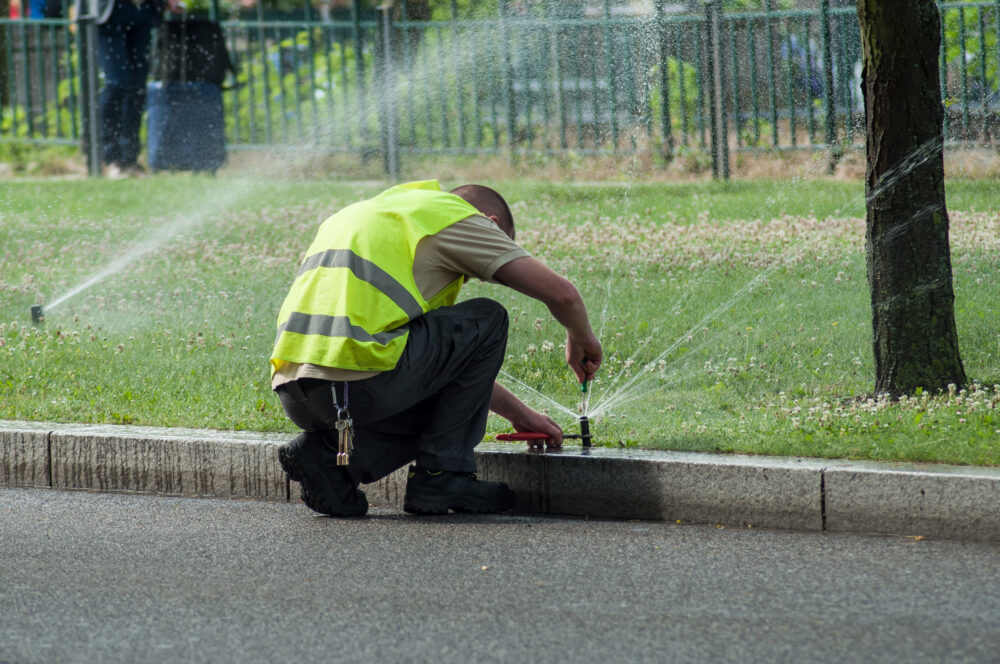

The Challenge
Santiago was experiencing a pronounced increase in the costs of its parks maintenance contracts and a deteriorating service delivery quality. The increase in costs was driven by a combination of higher labor costs, a more significant number of park users, and persistent hidden costs of doing business with the Municipality. Municipal inspectors applied inconsistent standards to assess performance and administer fines, creating a punitive culture in contract administration. Vendors internalized these additional costs by inflating bids and falling short on service delivery. In 2017, in response to fiscal constraints, the Municipality sought to increase the efficiency of the US $9 million spent annually on maintaining its parks and green areas.
The Innovation
To improve the quality of public open spaces while maintaining the savings of the new solicitations, the GPL and Santiago defined key outcome metrics to assess the quality of service delivery and reformed inspection routines to collect data that could support better tracking and analysis of vendor performance. Additionally, Santiago established active contract management to advance strategic partnerships.
The Results
The Santiago Parks & Gardens Department has widely adopted active contract management practices and tools, with field inspectors consistently completing their routes and uploading the corresponding forms. An internal survey showed that inspectors consider the system to add value to their work, aiding performance tracking and providing reliable evidence before taking action. Vendors have expressed interest in using insights from the system to improve their monthly work plans. The new performance management system is supporting the release of additional outcomes-focused solicitations from the Parks & Gardens Department and other high-priority contracts across other departments.
More Research & Insights


Strengthening Vendor Engagement to Better Support Women and Minority-Owned Businesses in Buffalo, NY

Advancing Economic Mobility for Students in Lansing, MI

Advancing Equity through Capital Construction Projects in Asheville, NC

Strengthening Vendor Engagement to Better Support Women and Minority-Owned Businesses in Buffalo, NY
